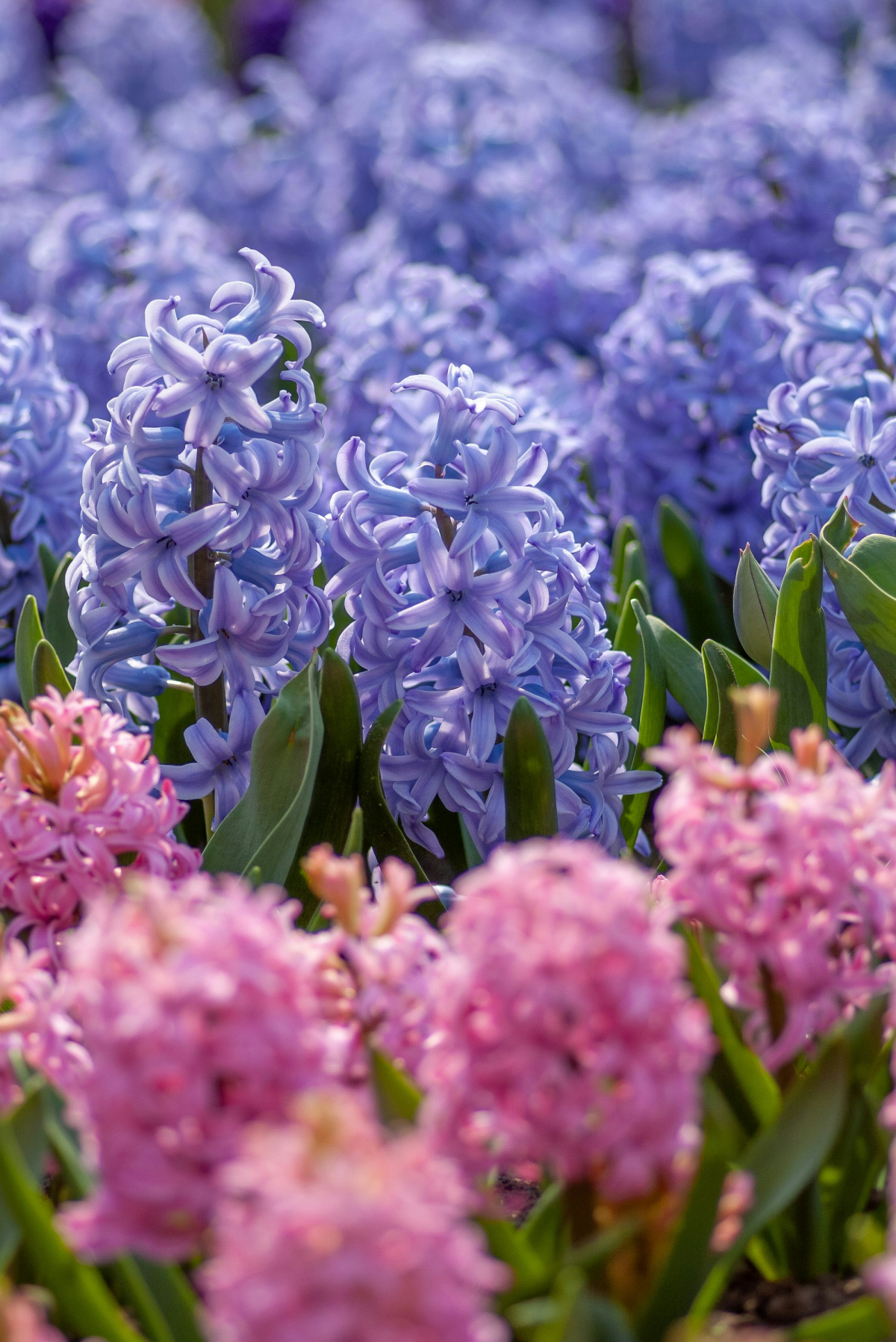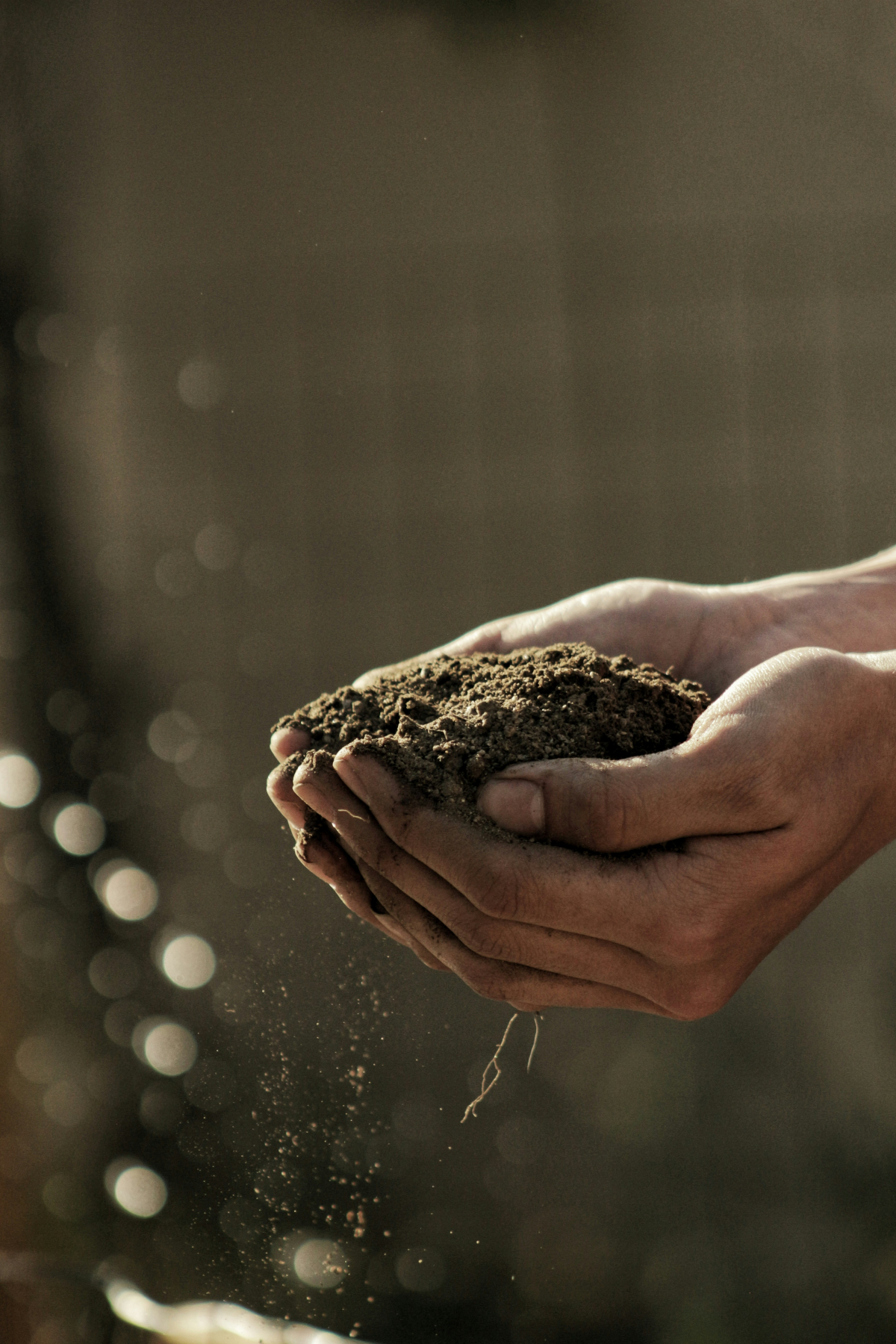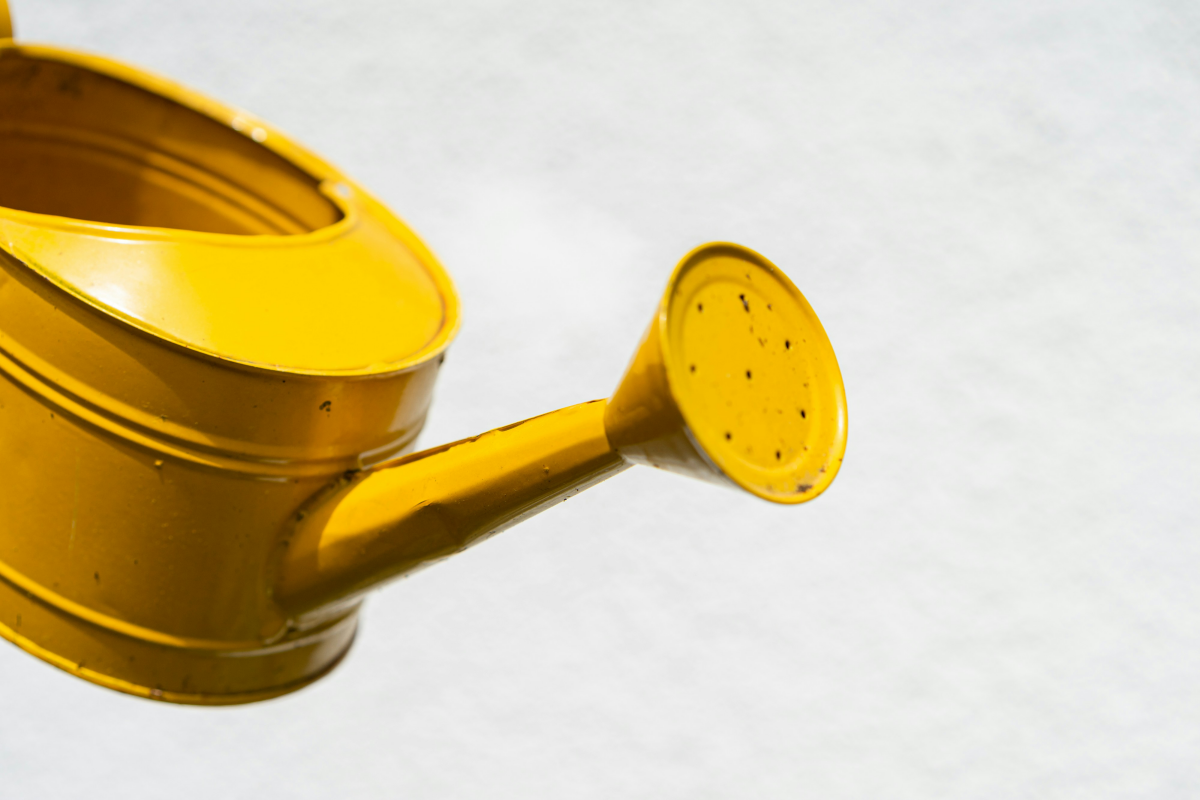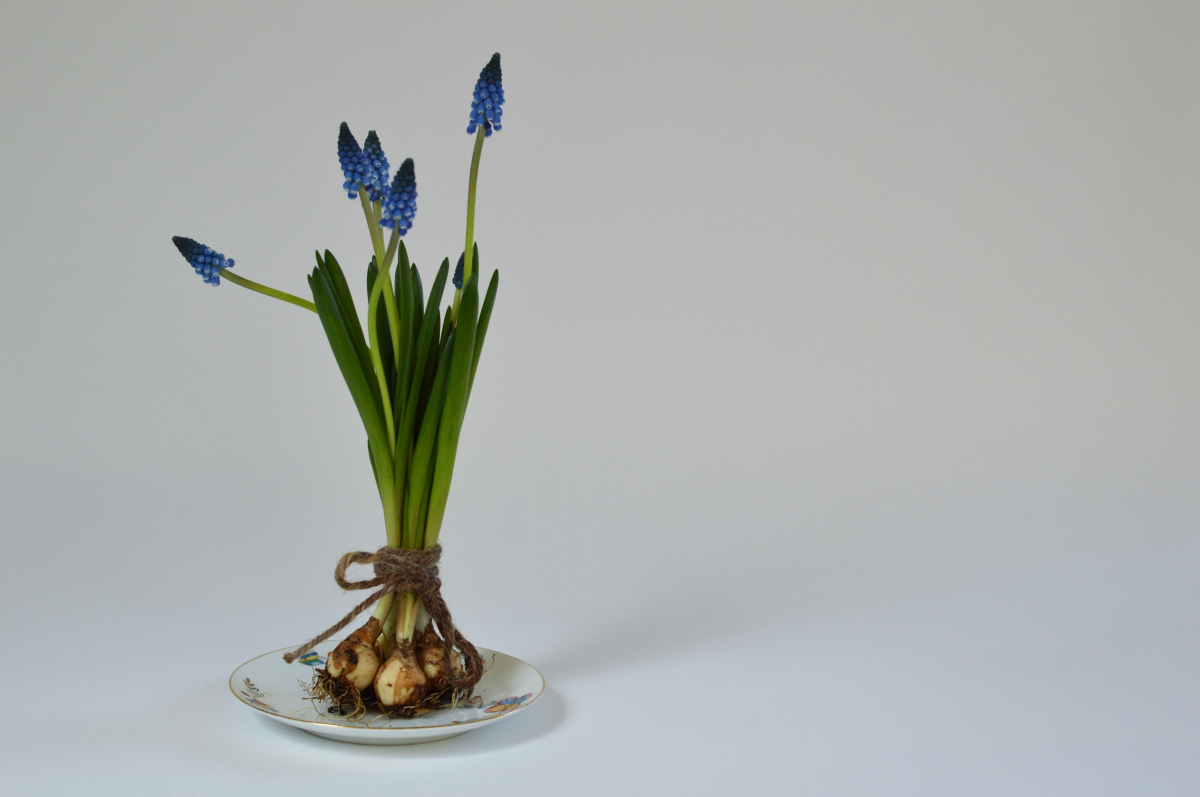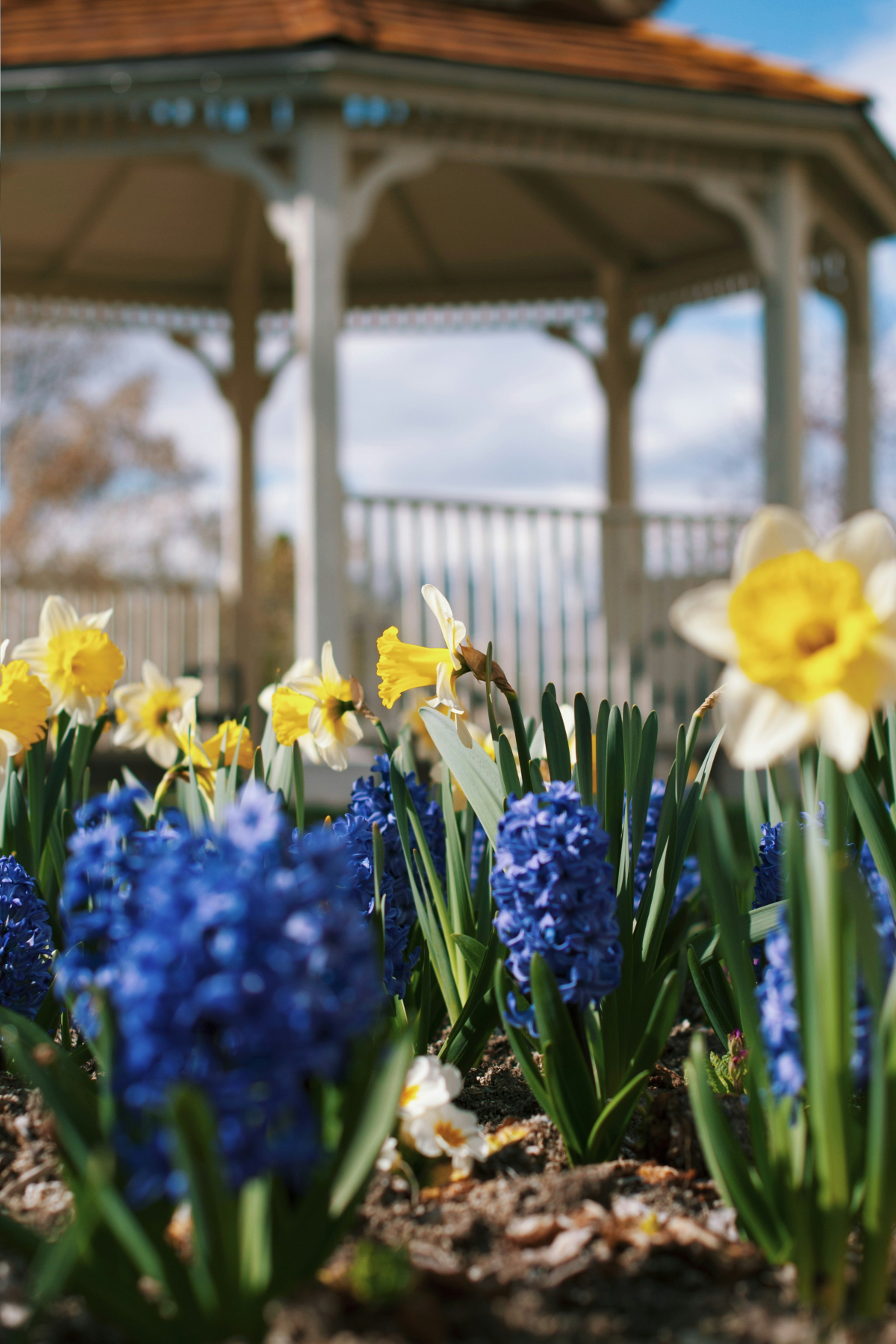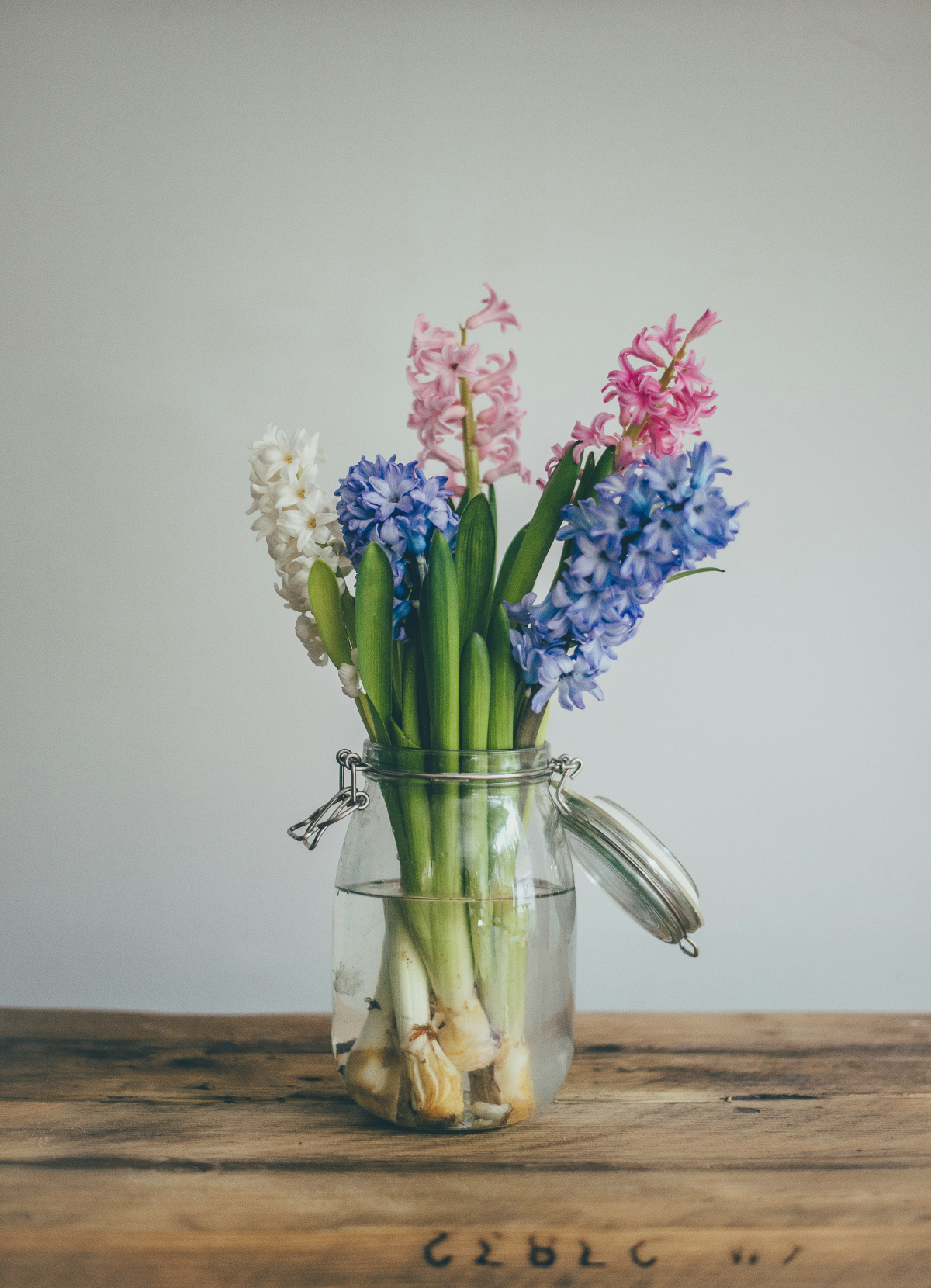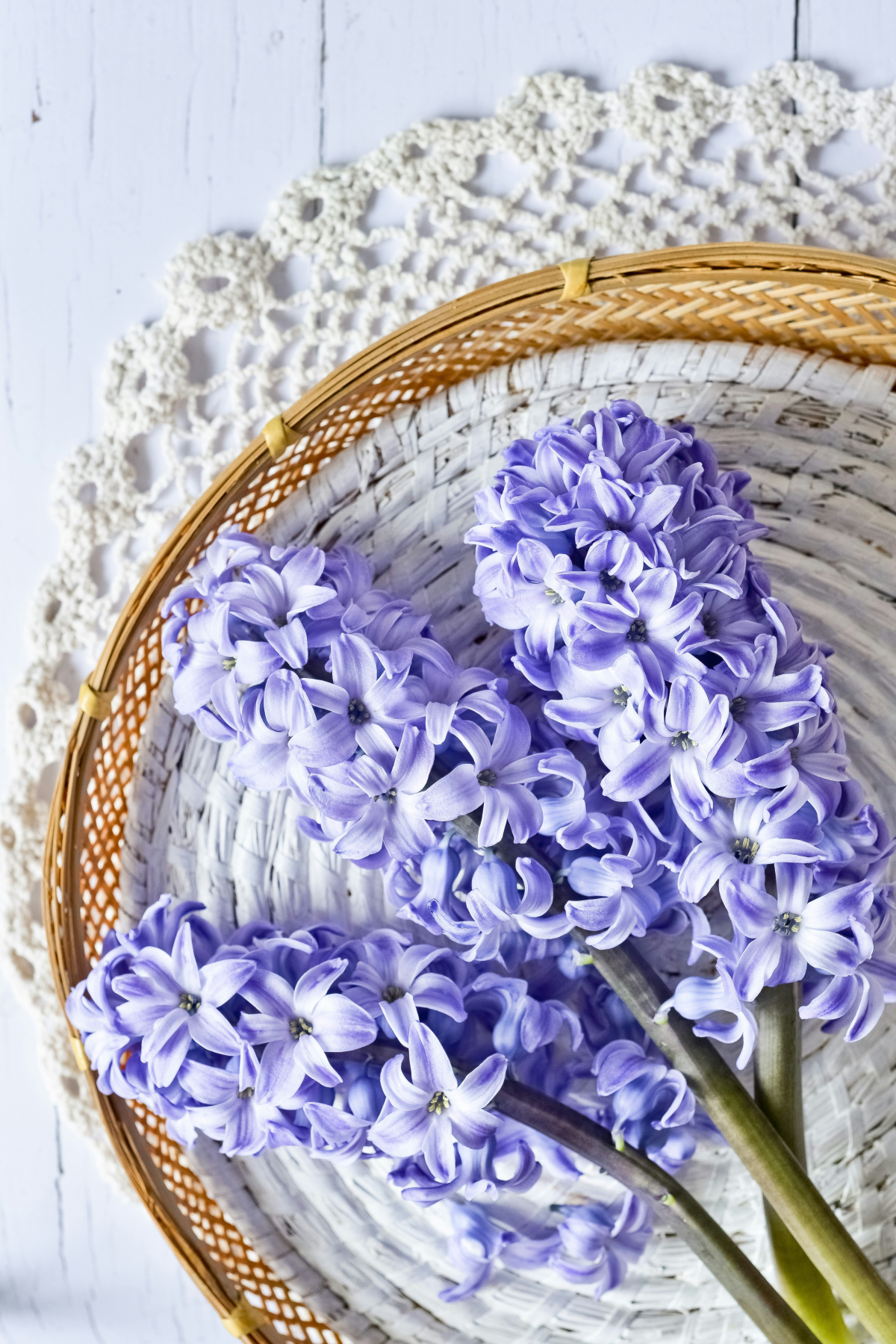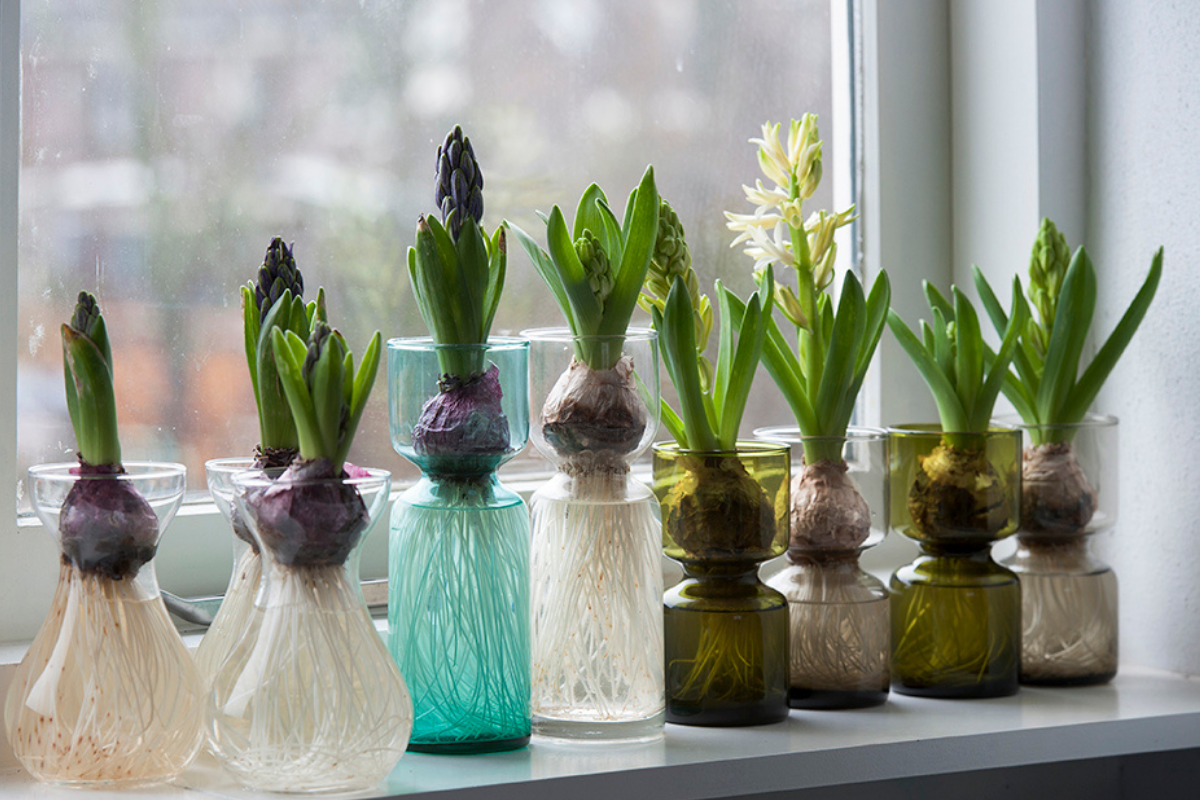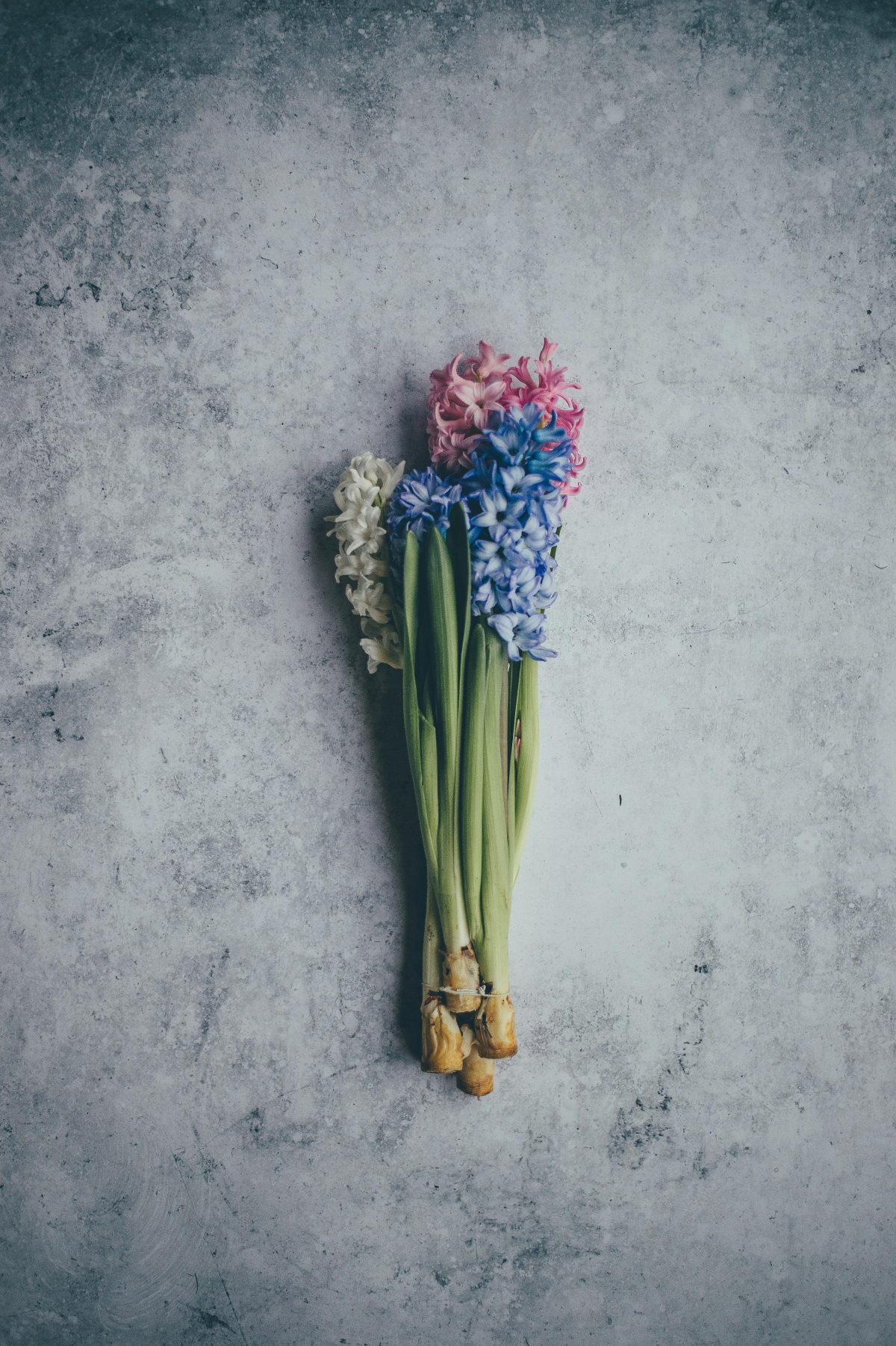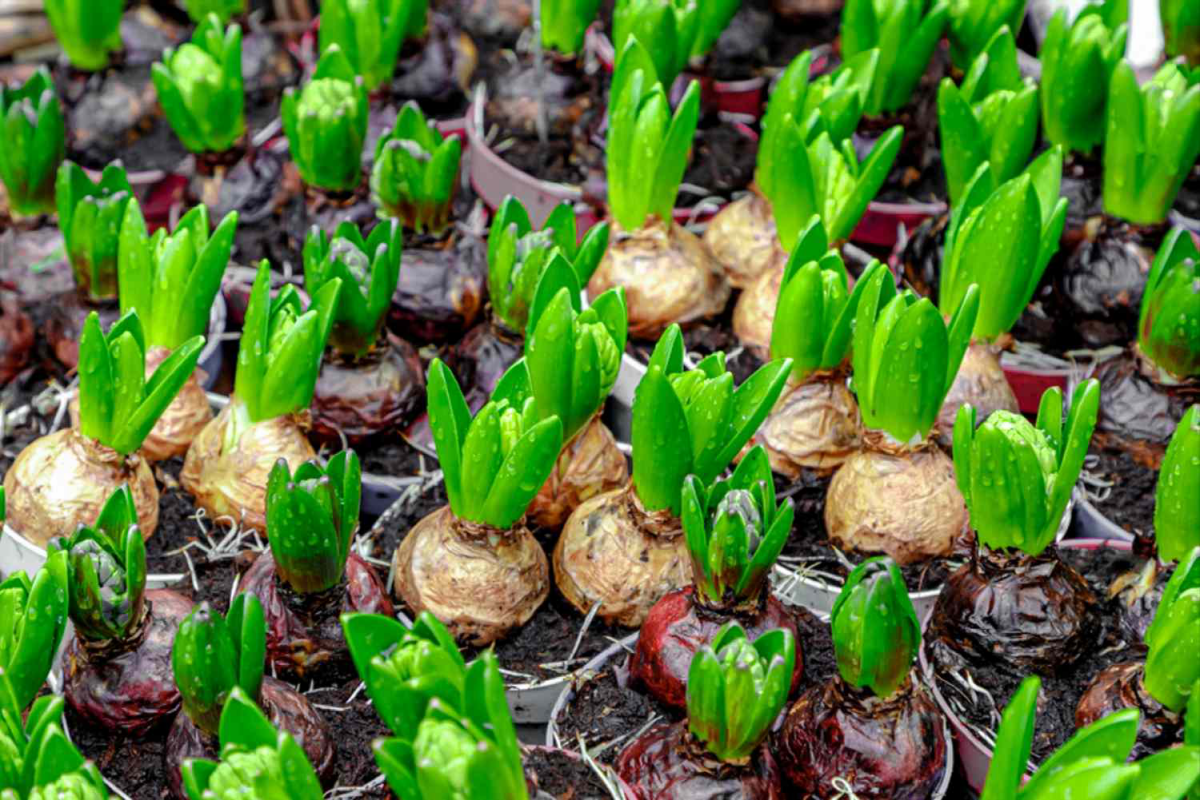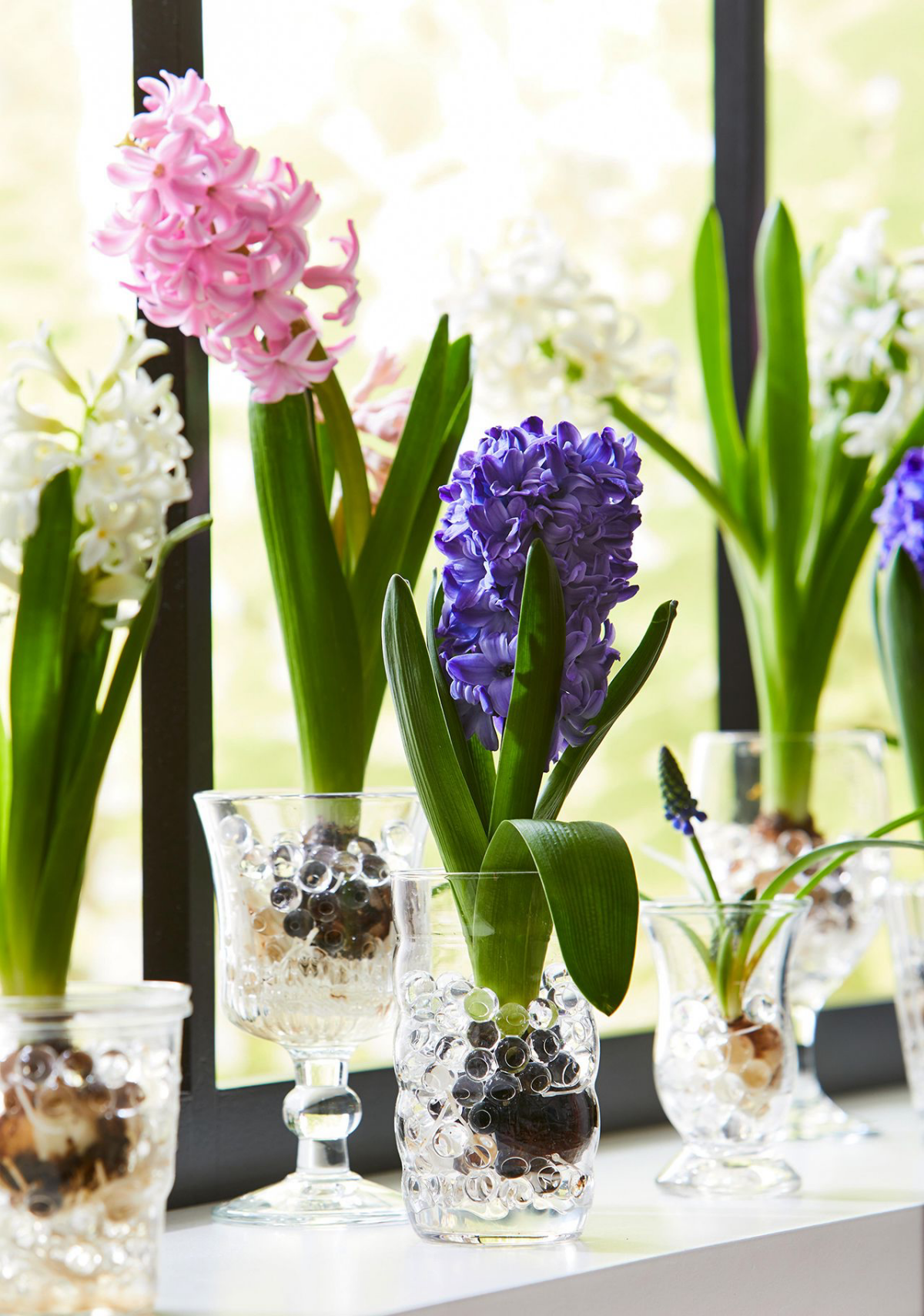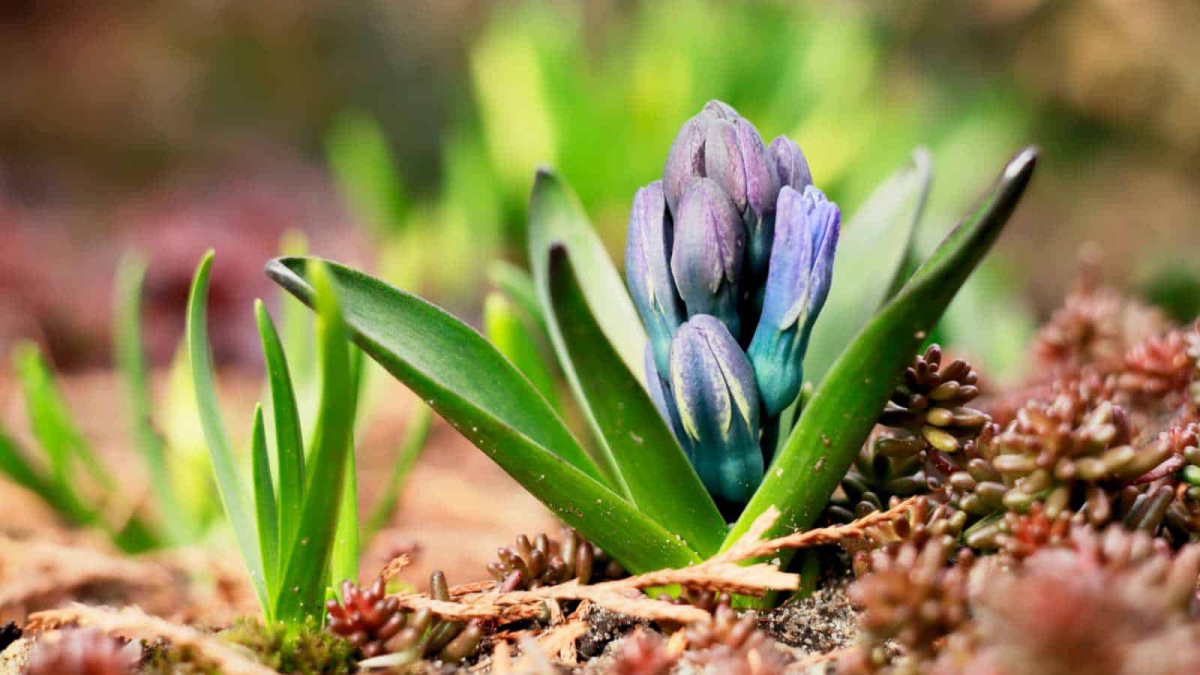Hyacinth Bulbs Made Easy: A Beginner’s Guide To Spectacular Flowers
Embarking on the journey of gardening brings its own set of challenges and rewards, but few things have captivated me quite like the allure of hyacinth bulbs. With their historical significance dating back to 16th century Europe and a fragrance that can fill an entire garden, it’s no wonder hyacinths have maintained their popularity. They’re not just a feast for the senses, they’re also surprisingly easy to grow. This makes them a fantastic choice for both seasoned gardeners and beginners alike.
Stepping into the world of hyacinths is like unlocking a fragrant treasure chest from the past
In this article
How To Grow Hyacinth Bulbs Into Blooming Flowers
My fascination with Hyacinthus orientalis began when I discovered the vast variety available today, from vibrant blues to soft pinks. It was intriguing to learn from expert Marie Iannotti about the distinction between the Hyacinthus and Muscari genus. She is an accomplished writer for The Spruce, photographer, and speaker with 27 years of experience as a Cornell Cooperative Extension Horticulture Educator. She is also a Master Gardener! Though these types are not directly related, their similar care needs and appearances often lead to them being affectionately lumped together under the common name “hyacinth.” Key characteristics such as plant type, bloom time, and flower color were essential in choosing the right bulbs for my garden.
Diving into the rainbow spectrum of hyacinths turned my garden into an artist’s palette
Planting
I still remember the autumn day I decided to plant my first batch of hyacinth bulbs. Following the wisdom of Julie, I planted them six to eight weeks before the first frost, ensuring they were snugly placed root end down and about 4 to 6 inches deep. Spacing them out about 3 to 6 inches apart allowed them enough room to flourish without overcrowding.
Burying bulbs in autumn feels like planting hope for spring’s vibrant return
Light
Hyacinths thrive best when they receive around six hours of sunlight daily, striking the perfect balance between full sun and partial shade. This optimal light exposure is critical for effective photosynthesis, which fuels the bulbs to develop strong roots and produce vibrant blooms. Positioning your hyacinths where they can bask in the morning light and enjoy some afternoon shade can significantly enhance their growth and flowering potential.
Hyacinths soaking up the sun leads to stunning blooms
Soil
The soil’s pH and drainage are pivotal for hyacinth health. These bulbs prefer a slightly acidic to neutral pH, around 6.0 to 7.0, which facilitates nutrient uptake. Well-drained soil is non-negotiable, as hyacinths are prone to bulb rot in soggy conditions. Incorporating organic matter or perlite can improve soil structure and drainage, creating an environment conducive to robust root development and prolific blooming.
Getting the soil just right is crucial for their growth
Water
Hyacinths require careful watering to thrive. Initially, a thorough watering establishes the bulbs, but thereafter, moderation is key. Allow the soil to dry slightly between watering sessions to prevent over-saturation, which can cause bulb rot. A consistent yet cautious watering regimen, especially during dry spells, will ensure your hyacinths receive just the right amount of moisture to flourish without the risk of waterlogging.
Balancing water needs is key to avoid overwatering
Grow in large groups
Planting hyacinths in clusters not only amplifies their visual impact in the garden but also intensifies their delightful fragrance. Grouping these bulbs together creates a stunning display of colors and a concentrated aroma that can fill your garden space. This planting strategy makes hyacinths particularly effective as focal points in garden design, drawing both eyes and noses to their captivating beauty.
Planting in clusters turns the garden into a fragrant oasis
Companion planting
Pairing hyacinths with other spring bloomers like tulips and daffodils enriches garden diversity and extends the overall blooming season. This companion planting technique leverages the different textures, heights, and blooming times of these plants to create a layered and long-lasting spring display. The variety also promotes a healthier garden ecosystem by attracting beneficial pollinators and deterring pests.
Mixing hyacinths with other bulbs enriches the garden’s diversity
Staking
Some hyacinth varieties, especially those with taller or more substantial blooms, may need staking to prevent them from bending or flopping over. Stakes or plant supports should be placed carefully to avoid damaging the bulbs, providing just enough support to keep the plants upright without restricting natural growth. This helps maintain the aesthetic appeal of your garden, ensuring that every hyacinth is seen in its best light.
Providing support helps taller varieties stand proud
Pruning
Pruning spent flower stalks after blooming helps redirect the plant’s energy back to the bulb, which is crucial for the following year’s growth. However, it’s essential to leave the foliage until it dies back naturally, as it continues to photosynthesize and replenish the bulb’s energy reserves. Timely pruning and patient foliage management can significantly influence the vitality and longevity of hyacinth bulbs.
Cutting back spent flowers directs energy back to the bulb
Propagating
Over time, hyacinth bulbs produce offsets that can be gently separated and replanted to generate new growth. This propagation method is an excellent way to expand your hyacinth collection and ensure the continuous vigor of your plants. Dividing and replanting offsets in the fall gives them ample time to establish themselves before the spring, promising a garden teeming with color and fragrance for years to come.
Sharing bulbs spreads the joy of hyacinths
Pests
Protecting hyacinths from pests requires constant vigilance. Aphids and bulb mites are common culprits that can weaken plants by feeding on them. To deter these pests, ensure hyacinths are planted in well-drained soil to discourage bulb mites, and maintain proper spacing to reduce aphid infestations. Introducing natural predators, such as ladybugs for aphids, can be an effective organic control method. Regularly inspecting plants and promptly removing any infested foliage can also help keep your hyacinths healthy and vibrant.
Keeping an eye out for pests protects the blooms
Diseases
Preventing diseases in hyacinths starts with fostering robust growing conditions. Fungal infections, such as botrytis blight and bulb rot, are among the most prevalent diseases affecting hyacinths. Enhancing air circulation through adequate plant spacing and ensuring soil has good drainage can significantly reduce the risk of these fungal issues. Keep the garden clean by removing plant debris and avoiding overhead watering to minimize humidity around the plants, which can foster fungal growth. Early detection and removal of affected plants are critical to preventing the spread of diseases within your garden.
Preventing diseases maintains healthy plants
Common problems and solutions
Encountering challenges like flopping stalks or spotted foliage can be disheartening, but these issues often have straightforward solutions. Adjusting care practices, such as watering habits and sunlight exposure, can remedy many common hyacinth problems, ensuring your garden remains a haven for these spring beauties.
Tackling issues head-on ensures thriving hyacinths
Types of Hyacinth
Each of these hyacinth cultivars brings its own unique charm and fragrance to the garden. Whether planted in groups for a dramatic display or used as companion plants, hyacinths are sure to make a spectacular addition to any outdoor space:
- ‘Blue Jacket’: Boasts deep blue-purple flowers with striking white edges, creating a vibrant contrast. It’s known for its robust fragrance and sturdy stems.
- ‘Woodstock’: Distinguished by its rich, burgundy-purple blooms, ‘Woodstock’ offers a unique color variation that stands out in any garden setting. It’s also appreciated for its strong, sweet scent.
- ‘Pink Pearl’: Features bright pink flowers with a soft, pearlescent sheen. ‘Pink Pearl’ is loved for its delicate appearance and powerful fragrance, making it a favorite for indoor forcing as well as garden displays.
- ‘Jan Bos’: Renowned for its intense, reddish-pink blooms, ‘Jan Bos’ is a standout cultivar with a compact form and a strong, sweet fragrance. It’s an excellent choice for adding a pop of color to spring gardens.
- ‘Delft Blue’: Offers light blue flowers that evoke the classic Delft blue pottery, making it a highly sought-after variety for its nostalgic charm and soft, inviting scent.
- ‘Gypsy Queen’: Features unique salmon-orange blooms, providing a warm, unusual color option for hyacinth lovers. Its distinctive hue and rich fragrance make it a captivating choice for any floral display.
- ‘Aiolos’: A classic cultivar with pure white blooms, ‘Aiolos’ is appreciated for its elegant appearance and strong fragrance. It’s ideal for creating a serene, monochromatic look or for pairing with bolder colors.
- ‘City of Haarlem’: This variety is known for its soft, buttery yellow flowers, a less common color among hyacinths. It adds a gentle, sunny lift to spring gardens and has a pleasantly sweet aroma.
Choosing cultivars adds variety to the garden
How To Induce Early Blooms
Inducing early blooms in hyacinths allows you to enjoy their vibrant colors and intoxicating fragrance indoors, well before the outdoor growing season begins. Start by selecting a well-draining container and fill it with a quality potting mix, leaving enough space to accommodate the bulb with its tip just above the soil surface. Hyacinth bulbs require a chilling period to simulate winter conditions; store them in a dark, cool place (ideally between 35-45°F) for 10-13 weeks. After chilling, place the container in a cool, bright spot to encourage growth. Keep the soil consistently moist but not waterlogged. With patience and proper care, you’ll be rewarded with beautiful, early blooms brightening your indoor spaces.
Forcing blooms indoors brings spring inside
FAQs
What does a hyacinth symbolize?
Hyacinth flowers symbolize a variety of meanings including sincerity, constancy, and beauty. In the language of flowers, different colors of hyacinths carry specific meanings: purple conveys sorrow, white denotes loveliness, and yellow represents jealousy. This rich symbolism makes hyacinths a thoughtful choice for many occasions.
What is the myth of the hyacinth?
The myth of the hyacinth originates from Greek mythology, involving a young beautiful boy named Hyakinthos who was adored by the sun god Apollo. Tragically, Hyakinthos was killed by a discus thrown by Apollo (in some versions by Zephyr, the god of the west wind out of jealousy). From Hyakinthos’ spilled blood, Apollo created the hyacinth flower, marking it with his sorrow and love, hence its association with rebirth and the power of life.
Is hyacinth toxic to humans?
Yes, hyacinth bulbs are toxic to humans if ingested. They contain oxalic acid and other compounds that can cause symptoms like nausea, vomiting, diarrhea, and skin irritation upon contact. It’s important to handle them with care, especially around children and pets.
Do hyacinths come back every year?
Hyacinths are perennial bulbs, meaning they can come back year after year. However, their flowers might diminish in size and vigor after the first couple of seasons. For continued spectacular displays, many gardeners choose to replant new bulbs every few years.
Do hyacinths only bloom once?
Hyacinths typically bloom once during the spring season each year. After blooming, the flowers will fade, but the plant continues to gather energy through its leaves to store in the bulb for next year’s growth. Proper care can help ensure annual blooms.
How long do hyacinths live?
With proper care, hyacinth bulbs can live and bloom for several years. However, their most vibrant display usually occurs during the first two years after planting. To maintain a stunning display, gardeners often replace bulbs every few years or propagate new plants from offsets.
Do hyacinths multiply?
Yes, hyacinths can multiply through the formation of offsets, also known as “daughter bulbs,” which grow alongside the “mother bulb.” Gardeners can separate these offsets during the dormant period and replant them to increase their hyacinth collection. However, it may take a few years for the offsets to bloom.
Hyacinths are a wonderful addition to any garden
Incorporating hyacinths into my garden has not only added springtime color and fragrance but also connected me to a centuries-old gardening tradition. Whether you’re drawn to their historical allure or simply their beauty and ease of care, hyacinths offer something special for every gardener. Following the guidance of experts like Marie Iannotti and diving into the experience firsthand has made me a stronger advocate for these enchanting bulbs. If you’re considering adding them to your garden, I say: go for it. The journey from bulb to bloom is one filled with anticipation, fragrance, and the satisfaction of nurturing something truly spectacular.
Planting hyacinths sows dreams of future springs



